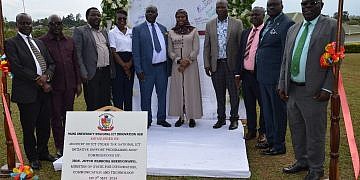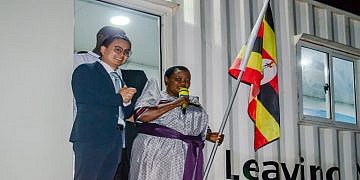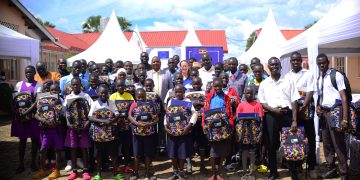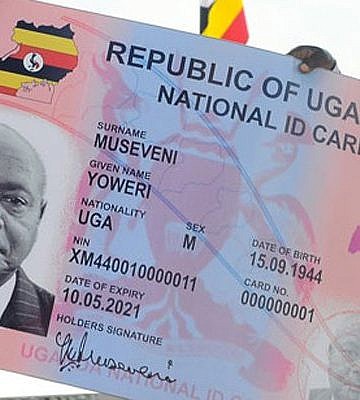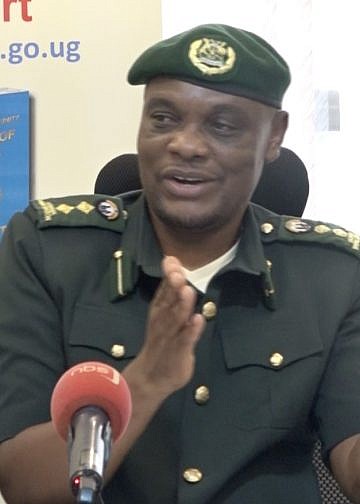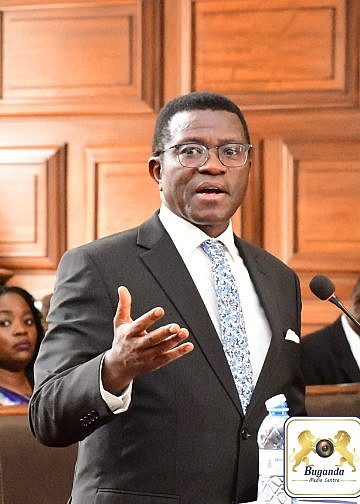A fresh scientific census to determine the population of mountain gorillas and chimpanzees has officially kicked off in Uganda’s Bwindi Impenetrable National Park.
The exercise, launched on Monday, is being conducted by the World Wide Fund for Nature (WWF) in partnership with the Uganda Wildlife Authority (UWA), the Greater Virunga Transboundary Collaboration (GVTC), and other regional conservation partners.
It marks the latest effort to assess the status of endangered primates in the Bwindi-Sarambwe ecosystem, one of only two natural habitats in the world for mountain gorillas.
The census will also, for the first time, include a chimpanzee count across Uganda, Rwanda, and the Democratic Republic of Congo (DRC), making it a historic and comprehensive transboundary conservation initiative.
According to Ivan Tumuhimbise, WWF Uganda Country Director, six field teams from 11 institutions have begun systematic tracking of signs of gorillas through the dense Bwindi forest.
The teams are recording nests and collecting fecal samples for genetic analysis to estimate population numbers and assess group demographics such as age and sex ratios.
“This census is a critical tool for understanding how the population has evolved since the last count in 2018 and will also provide essential data on habitat conditions, illegal activities, and other large mammal species in the ecosystem,” Tumuhimbise said.
In 2018, the mountain gorilla population in Bwindi was estimated at 459 individuals spread across 36 social groups and 16 solitary gorillas. Combined with the 2015 census of the Virunga Massif, the global population of mountain gorillas stood at 1,063.
This year’s census brings a notable advancement: for the first time, genetic analysis will be conducted within the region, eliminating the need to ship samples abroad.
WWF says this shift will enhance local scientific capacity and reduce logistical burdens.
Dr. Andrew Sseguya, Executive Secretary of GVTC, hailed the initiative as a symbol of regional cooperation in wildlife conservation.
“Collaboration has been the cornerstone of efforts to safeguard the endangered mountain gorilla, and this exercise affirms the power of working together across borders,” Sseguya said.
The census will run through 2025, with final results expected in 2026.
Nelson Guma, Chief Park Warden for the Bwindi-Mgahinga Conservation Area, emphasized the importance of the exercise in informing long-term conservation strategies.
“This is not just about numbers. It’s about evaluating the health of the ecosystem, sharing our experience with other gorilla range states, and improving conservation methodologies globally,” Guma noted.



